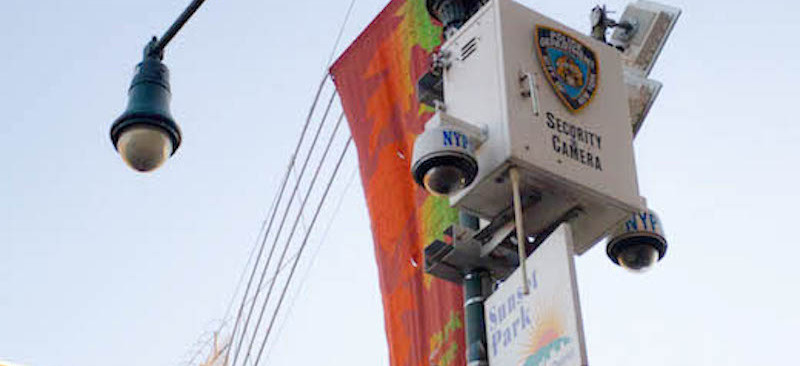The senior administration of the New York Police Department has played out like a haphazard game of snakes and ladders over recent weeks.
The retirement of the department’s highest-ranking Hispanic officer, Rafael Pineiro, caused consternation among members of the Hispanic community, with questions over the nature of his retirement. Shortly after that, Philip Banks, who is African-American, abruptly resigned from the first deputy commissioner post amid more speculation. Police Commissioner Bill Bratton then appointed another African-American, Benjamin Tucker, in his place.
For some members of the Hispanic community, this most recent appointment was a bitter disappointment. Back in September, Brooklyn Councilman Antonio Reynoso had sent a petition to Bratton requesting that he replace Pineiro with a Hispanic officer. Signed by eight other council members and supported by Hispanic organizations, the letter did not receive a response.
The petition is just one recent sign of a growing frustration among some Hispanics at what they see as underrepresentation in the NYPD. Members of the Campaign for Fair Latino Representation campaigned two weeks ago on the steps of City Hall.
Although officers of Hispanic origin are the largest minority group within the NYPD—26.5 percent according to NYPD census statistics—at the higher levels of the department the numbers dwindle. Only 10 percent of captains are of Hispanic origin, compared with 80 percent for whites. Meanwhile, only nine percent of bureau chiefs are Hispanic, while 81 percent are white, according to statistics obtained by El Diario.
For advocates such as Antony Miranda, chairman of the National Latino Officers Association and a retired NYPD cop, there is an imperative to involve more Hispanic officers at the decision-making levels of the organization. “It’s one thing when you continually have people saying that they are sensitive to issues, as opposed to people that really understand them,” he said. Having Hispanic representation at the top levels of policymaking, he added, “makes a difference across all the five boroughs because it determines policy and how police interact with our community.”
The highest number of misdemeanor arrests in 2013 were of people of Hispanic origin, according to NYPD statistics (38 percent). Meanwhile 35 percent of arrests were of black people and 21.8 percent were of white people.
Still, for activists such as Robert Gangi, director of the Police Reform Organizing Project, an advocacy organization that seeks to improve police behavior, the emphasis on promoting diversity in the higher ranks is misplaced and does not tackle the real issue with the NYPD: the use of the so-called “broken windows” policy, a program first implemented by Bratton, which focuses police on minor crimes—some would say relentlessly—in an effort to deter more serious ones.
“What is much more important than personnel is policy and practice,” said Gangi, from his office in mid-town. “When Phillip Banks and Rafael Pineiro had high ranking positions during the tenure of Ray Kelly, as far as we know they did not in any way criticize or see to curtail the use of stop and frisk and other racially biased practices.”
Gangi argues, in fact, that high-level officials such as Bratton could seek to use the installment of high-level Hispanic or black officers as a cover to claim they are tackling racial issues at the senior level.
Dennis Flores, founder of the neighborhood watch organization El Grito de Sunset Park echoed these statements. Speaking from his home in Brooklyn, he said that while diversity is welcome, “whether officers are white, Latino or black, it’s the culture within the police department that needs to be changed, not necessarily the musical chairs of police officers that are being brought in and out.”
Flores, who is of Puerto Rican descent, has been documenting police conduct in Sunset Park for more than twenty years. He recently released a video showing a police officer kicking a 22 year-old street vendor, Jonathan Daza, in the back and another video that shows a cop throwing a woman who is five months pregnant, Sandra Amezquita, to the floor. Both cases are currently under investigation.
Candace McCoy, an academic teaching at the John Jay College for Criminal Justice in New York is also skeptical about the impact that promoting Hispanic officers would have further down the ranks.
“Under Ray Kelly as commissioner, the second most powerful administrator in the NYPD was Hispanic,” she said. “I don’t think you could say that this translated into any particular better policy towards Hispanics policing on the street.”
Tod Burke, a professor of criminal justice at Radford University and former police officer, notes that while diversity is important, other issues should play into the decisions of who to promote. “You do not want to just put people in a position for the sake of diversity,” he said. “You want people to qualify for the promotion.”


Leave a Reply